Physical Address
304 North Cardinal St.
Dorchester Center, MA 02124
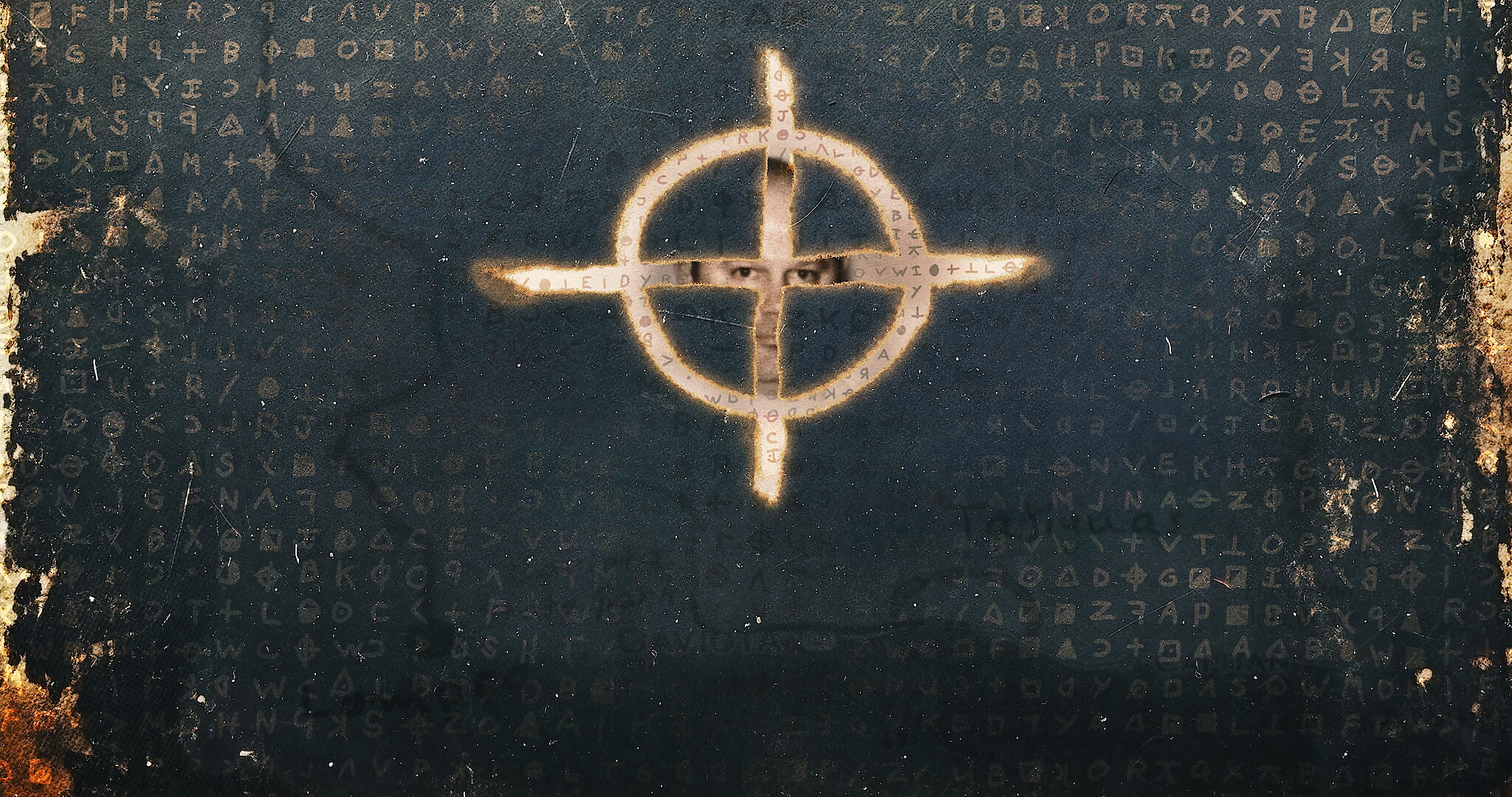

Spoiler Warning: This review includes significant plot details that may reveal crucial moments of the episode.
This is the Zodiac Speaking, which has risen to Netflix’s #1 spot, and after watching it, it’s clear why. I’ll admit, though, I was initially hesitant to give it a try. As someone who generally enjoys true crime, I’ve found myself getting burnt out on the genre recently, especially after trying to watch Woman of the Hour. That documentary had seemed promising, but it ultimately left me disengaged; I couldn’t immerse myself in the narrative, and it felt like just another routine addition to the lineup. So, when I saw a new true-crime documentary about the Zodiac killer trending, my first reaction was a bit of an eye-roll—another Zodiac documentary, really?
However, memories of the 2007 film Zodiac resurfaced, a movie that had left an impression on me years ago with its detailed storytelling and tense atmosphere. And, despite my initial reluctance, I thought I’d give Netflix’s new documentary a chance. From the opening scenes, I knew this was a different approach. It wasn’t sensationalized or overloaded with commentary; instead, the narrative drew from real, raw testimonies of individuals who personally remembered Arthur Leigh Allen—a man they once trusted, and the prime suspect at the heart of the Zodiac mystery.
What followed was a surprisingly intense and meticulously crafted account of one of America’s most infamous unsolved mysteries. Below, I’ve outlined 12 elements that make This is the Zodiac Speaking a standout documentary in a genre that often struggles to do something new. Each detail adds depth to a case that has captivated public interest for decades, transforming a story I thought I already knew into a gripping experience that kept me hooked.
“This is the Zodiac Speaking” opens with a powerful and deeply unsettling glimpse into the lives of the Seawater family, particularly siblings David, Don, and Connie, now elderly, who recount their haunting memories of Arthur Leigh Allen, the man who loomed large over their childhood.
Allen, who would later emerge as the prime suspect in the Zodiac Killer case, was a close presence in their lives—at one point even living with the family. Their memories of him are vivid and nuanced, painting a complex picture of a man who was not only trusted as a surrogate father figure but who also cast an undeniable shadow over their youth.
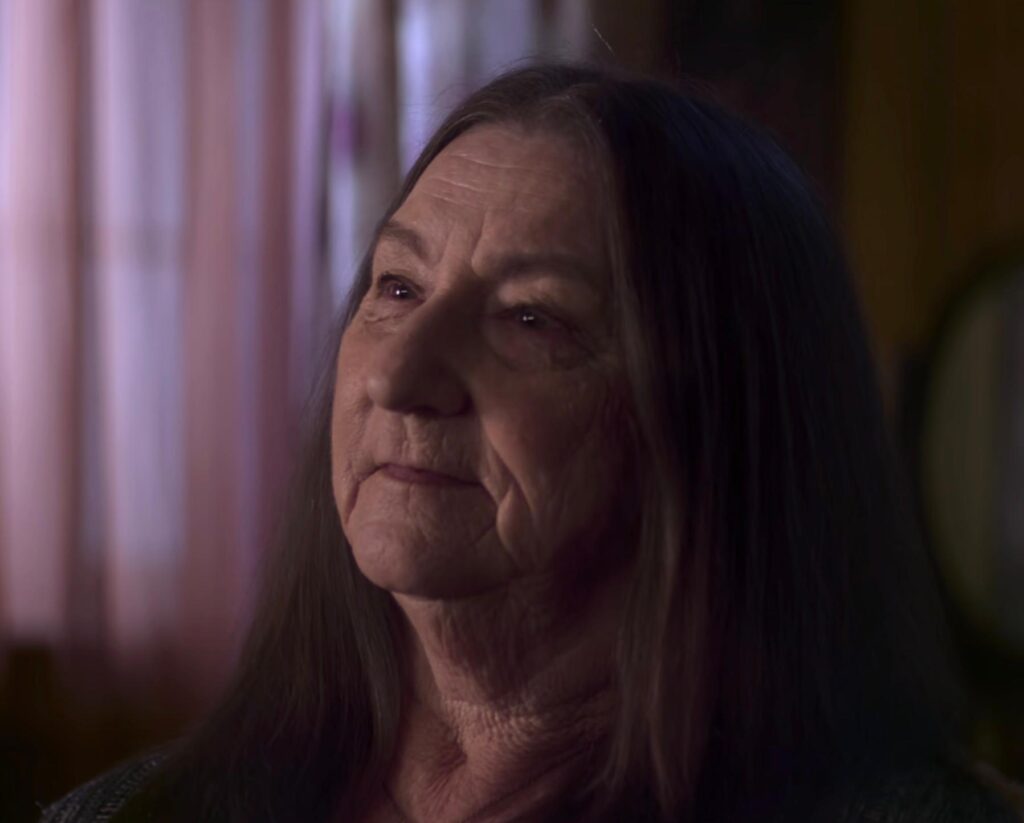
The recollections of the Seawater family instantly set a tense, eerie tone that pulls viewers in. The siblings’ memories are not just anecdotes from the past; they’re visceral and personal reflections that bring the sinister undertones of their childhood back to life. They describe a man who was, at times, gentle and kind, even endearing himself to the children with his soft-spoken demeanor and lessons in swimming, diving, and cryptography.
This trust, however, was tainted by moments that now, in hindsight, appear disturbingly inappropriate and laden with red flags—Allen’s inappropriate comments, his pet names for young girls, and the uncomfortable familiarity he displayed with the children.
To see David, Don, and Connie reflect on Allen’s behaviors is a testament to the power of memory and trauma, showing how even 60 years later, the echoes of a dark presence linger. Their testimonies are filled with emotion, nostalgia, and a quiet horror, capturing the complex mix of feelings they hold for a man who, while once close to their family, may also be responsible for terrorizing a generation.
The documentary doesn’t just present their recollections as mere facts; it immerses the viewer in the unsettling reality of these firsthand experiences, framing Allen’s presence as both a cherished memory and an ominous mystery that has haunted them throughout their lives.
One of the documentary’s greatest strengths lies in its seamless blend of authentic 1960s footage, thoughtfully curated photographs, and subtly eerie reenactments that bring a haunting realism to the narrative. Rather than relying on typical reenactments, which can sometimes disrupt the immersion by inviting comparisons between actors and real people, “This is the Zodiac Speaking” masterfully employs what could be called “cinematic photo animation” or a “cinematic slideshow” style.
Through subtle motion effects, it transforms historical photographs and B-roll into an immersive storytelling device, as scenes and places from 1960s San Francisco come alive. The technique is particularly compelling in capturing the Bay Area at the height of the Zodiac Killer’s reign of terror.
A prime example is the meticulous blending of period B-roll footage of San Francisco’s streets with photographs that highlight specific locations connected to the Zodiac’s crimes. This layering of visuals places viewers directly in the time and place of each crime, creating a near-physical sense of being on those streets, in those locations, as the narrative unfolds.
This nuanced approach enables the viewer to experience the looming threat of the Zodiac while remaining rooted in reality, avoiding the sometimes jarring effect of staged reenactments. The suspense heightens as the documentary slowly reveals Mr. Allen’s alleged presence at these significant Zodiac locations.
Through these cleverly interwoven images and archival footage, viewers are led through a buildup of evidence and implications without heavy-handed dramatizations. For instance, the use of specific close-up shots, like a car door opening or Allen’s ominous interactions with his students, creates a foreboding atmosphere. The sequences feel intimate, as though we are observing these chilling moments as they happened, making Allen’s connection to the sites feel almost inevitable.
As the documentary delves into the Zodiac Killer’s first murder, it instantly evokes memories of David Fincher’s Zodiac film from 2007. However, This is the Zodiac Speaking goes deeper, bringing new life to the chilling complexity of the Zodiac’s cryptic letters and taunting codes sent to San Francisco newspapers.
This focus on his coded messages—especially the infamous ciphers that held San Francisco in a grip of fear—highlights a unique aspect of the Zodiac’s crimes: his psychological warfare. His letters are not simply confessions or declarations; they are calculated messages designed to terrify the public, confound the police, and display his own twisted intelligence.
The documentary masterfully unfolds the story of these ciphers, recounting the initial wave of fear that swept through the Bay Area when they were received. Each message was filled with taunts, threats, and, most ominously, codes that held clues (or so he claimed) to his identity.
The tension peaks as the story recounts how the Zodiac sent his first coded letter to the San Francisco Chronicle and other newspapers. The code, a complex cipher, was eventually cracked by a married couple, teachers who painstakingly solved it at home. This moment in the documentary captures both the horror and allure of the Zodiac’s intellect; he wasn’t merely a killer but someone who took a sadistic pleasure in forcing others to unravel his dark messages.
The Zodiac’s ciphers are not only an extension of his crimes but a reflection of his sadistic genius, showcasing a mind that reveled in outsmarting others. Each cipher taunted both law enforcement and the public, making them unwilling participants in a deadly game. It’s an intellectual sadism that goes beyond physical violence, pushing into psychological territory that’s as terrifying as it is intriguing. This layered focus on the codes adds a new dimension to the documentary, moving it beyond a recounting of events to explore the Zodiac’s darker motivations, as if the killer wanted his mind to be as frightening as his actions.
As the documentary explores this theme, viewers are reminded of the power that these letters had, not only to taunt but to instill terror throughout the Bay Area. Even all these decades later, the unsolved ciphers remain a haunting testament to the Zodiac’s intelligence and his sadistic desire for control, showing that his legacy endures not just in the lives he took but in the twisted puzzles he left behind.
One of the most spine-chilling moments in This is the Zodiac Speaking is the revelation that a police officer unknowingly came face-to-face with the Zodiac Killer on the very night of one of his brutal attacks. On a dark night by a lake where a young couple had just been attacked, a patrol officer pulled over a man driving erratically. As the officer approached, he noticed the man’s clothing was stained with blood. Suspicious but unaware of the gruesome crime that had just unfolded nearby, the officer questioned him about the blood. The man, eerily calm and collected, claimed that he had slaughtered a chicken, and the blood was from that act.
What’s haunting is how close this officer was to potentially apprehending the Zodiac—a serial killer who would go on to instill fear across the Bay Area and leave law enforcement on a seemingly endless chase. The tension only builds as the documentary gradually reveals that this man, Arthur Leigh Allen, is likely the same person the Seawater family had known as “Mr. Allen.” As viewers, we’re left with the unsettling thought that Allen, a man seen as a father figure by those close to him, was able to disarm an officer and continue his spree, evading capture on what might have been his only close encounter with the law.
This moment in the documentary is both fascinating and terrifying, as it speaks volumes about Allen’s ability to maintain a chilling composure under intense scrutiny. His alibi was casually plausible—perhaps too plausible—and the officer, with nothing else to suspect, let him go. The knowledge that the Zodiac could slip through law enforcement’s fingers so easily is both a testament to his dark cleverness and a harrowing reminder of the challenges police faced in apprehending him.
As the documentary weaves this event into the broader story, it underscores just how close Allen was to justice and how his skill at manipulation kept him at large. The lake incident exemplifies the maddening elusiveness of the Zodiac Killer and amplifies the documentary’s unsettling atmosphere. We are left to consider just how many more lives might have been spared had that one encounter gone differently and just how formidable an opponent law enforcement faced in trying to unmask the man behind the ciphers and killings.
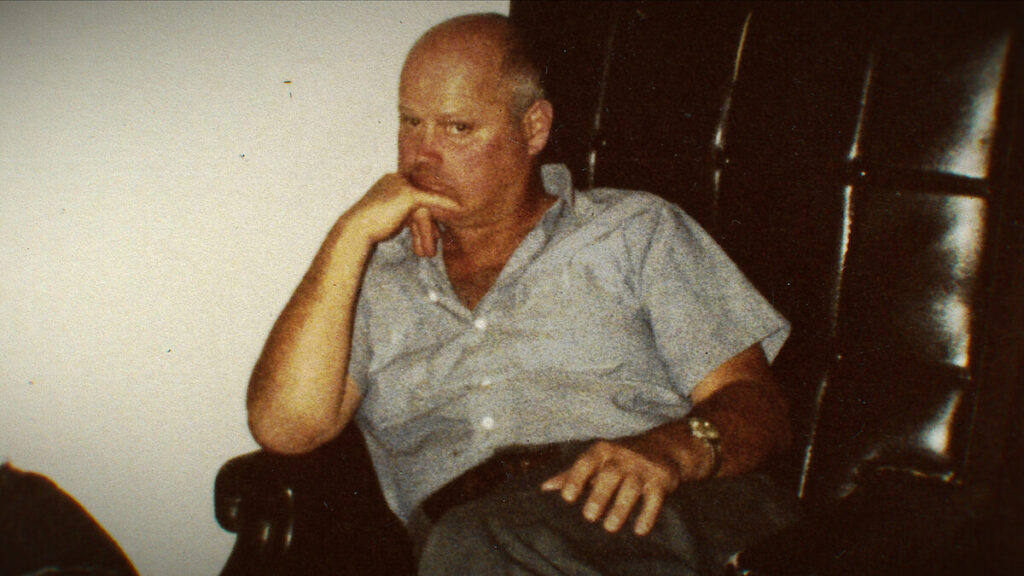
The Seawater siblings recall Arthur Leigh Allen as a man of unique talents and curious habits, a person who, while initially trusted, revealed disturbing quirks that would later fuel suspicions. Known in the family as “Mr. Allen,” he held an almost mythical status with the children, thanks to his skill as a diver and swimming champion. Allen would frequently teach the Seawater kids swimming techniques, even showcasing his expertise as a state diving champion. But these lessons weren’t limited to athletic prowess; Allen also exposed the children to more complex, intellectually stimulating subjects—most notably, cryptography.
In hindsight, Allen’s cryptography lessons are deeply unsettling. He would show the children how to create and decipher codes, an activity that may have seemed innocuous at the time but takes on a haunting significance in light of the Zodiac’s infamous coded messages. These skills, along with his proximity to the Zodiac’s known interests, seem too coincidental to ignore, especially when paired with his presence in areas connected to the Zodiac’s crimes.
Allen’s knowledge of cryptography mirrors the Zodiac’s disturbing messages, which terrorized the Bay Area with their cryptic codes and sinister taunts. The chilling realization that Allen could have used his knowledge to orchestrate a psychological game of cat and mouse with law enforcement and the public alike raises questions about the true depth of his intentions.
The Seawater siblings’ memories serve as more than just innocent childhood stories. Their testimonies reveal a man with a façade of mentorship who may have harbored dark motives. Allen’s enthusiasm for cryptography and his seemingly endless dives into cold, dark waters paint a picture of someone who was methodical, secretive, and perhaps even obsessed with pushing boundaries.
In teaching the children skills in code-breaking, he planted seeds that would grow into chilling evidence, making his connections to the Zodiac Killer increasingly clear. As these memories resurface, the pieces start to come together with an eerie alignment that places Allen squarely as the primary suspect, not just in the eyes of law enforcement, but in the hearts of those who once trusted him.
This combination of athletic prowess, intellectual curiosity, and cryptic expertise takes Allen from an odd yet trusted family friend to a suspect whose profile aligns disturbingly well with the Zodiac. The Seawater siblings’ recollections ultimately paint a layered portrait of a man who was not only capable of guiding young minds but also, perhaps, of masterminding one of the most terrifying killing sprees in American history.
Arthur Leigh Allen’s strange choice of music and the haunting lyrics he favored add an unsettling layer to his already dark aura. For the Seawater siblings, who spent years in Allen’s orbit, one song in particular stands out: the folk tune “Hang Down Your Head, Tom Dooley.” A seemingly simple ballad, its lyrics recount a gruesome murder, including the line, “Stabbed her with my knife.”
Allen would play this song repeatedly around the children, almost as if he found amusement or solace in its sinister undertones. The choice is haunting in retrospect, leaving those who knew him wondering if Allen found some twisted connection to the lyrics, especially considering the Zodiac Killer’s method of stabbing victims and the sense of ritual that seemed to mark his attacks.
The documentary lingers on this musical detail, and it’s easy to understand why—it reveals an eerie glimpse into Allen’s psyche. “Hang Down Your Head, Tom Dooley” is not merely a folk song but a ballad that retells a gruesome, remorseful story. For Allen to repeatedly play such a song around impressionable young children seems not only unsettling but almost performative, as if he wanted to expose them to darker themes under the guise of innocent music.
It raises questions about the subliminal messages Allen may have been sending and the nature of his enjoyment in the macabre. His choice of music might have seemed harmless at first, but in the context of his disturbing behavior and his eerie connection to the Zodiac murders, it becomes a small yet powerful signal of his potential obsession with violence and morbidity.
The Seawater siblings recall how Allen would play the song without much explanation, leaving it to echo through the household, a haunting background to his presence. One can’t help but wonder if he enjoyed the unsettling effect it had on those around him. This detail alone underscores a significant aspect of Allen’s personality: a subtle, almost sadistic tendency to embrace darkness in everyday moments, even sharing it with the people closest to him.
It’s as if Allen saw himself in the figure of Tom Dooley, a man marked by violent deeds, and found pleasure in embedding his fascination with murder into his interactions, cloaked beneath a seemingly innocuous folk tune.
The documentary presents Allen’s musical choice as a symbol of his sinister undertone, weaving it into the narrative as one of the many haunting details that align disturbingly well with the Zodiac’s profile. In hindsight, “Hang Down Your Head, Tom Dooley” serves as more than a soundtrack to Allen’s life; it becomes a window into his psyche, a chilling reminder of the dark obsessions he seemed to carry. This element not only raises questions about Allen’s mindset but leaves viewers pondering how much the people around him overlooked in his behavior until it was too late.
This is the Zodiac Speaking that transports viewers back to the 1960s Bay Area with a hauntingly beautiful cinematic technique that brings old photographs and footage to life. Rather than relying on conventional reenactments, the documentary employs a “cinematic photo animation” style that transforms static images into an immersive, moving backdrop. Through subtle animations—slight movements of cars, faint flickers of neon lights, and panoramic sweeps over cityscapes—San Francisco’s past feels strikingly real, allowing the audience to experience the city as it was when the Zodiac Killer’s shadow loomed over it.
This approach, which gives new life to historic photos, creates a vibrant yet eerie portrayal of the Bay Area. The carefully chosen images blend seamlessly with authentic 1960s B-roll footage, painting an evocative picture of a city haunted by fear. Familiar scenes of bustling streets, filled with vintage cars and period attire, are juxtaposed with darker, quieter corners where danger seems to lurk.
By avoiding full reenactments, which can sometimes distract the actors and staging, the documentary keeps the focus on the time and place. The viewer is drawn deeper into a period-specific atmosphere that feels disturbingly intimate, almost as though they are walking alongside San Franciscans during the Zodiac’s reign of terror.
This evocative visual style not only situates the audience in the Zodiac’s San Francisco but also enhances the emotional intensity of the documentary’s narrative. Moments like the police reading the Zodiac’s chilling letters to the public, or Graysmith’s own obsessive journey through the case, are underscored by this haunting backdrop, making the fear and paranoia that gripped the city all the more palpable. Each image is chosen and animated with meticulous attention to detail, capturing the essence of the 1960s—the modest storefronts, the packed newsstands, and the neon-lit diners—while also establishing the Zodiac’s impact on the city’s psyche.
For me, this technique brought back memories of working on my own NeoScribe channel, where animating old imagery helped convey a similar sense of historical depth and emotional resonance. Here, however, the technique reaches a new level of impact, vividly illustrating the dark, suspenseful mood of a city caught in the grip of a faceless killer. The documentary’s cinematic slideshow effect doesn’t just show 1960s San Francisco—it breathes life into it, framing each scene with an air of nostalgia tinged with dread.
The result is a portrayal of San Francisco that feels both alluring and menacing, capturing the city’s dichotomy as a place of beauty overshadowed by a pervasive sense of fear. By immersing viewers in this richly animated landscape, This is the Zodiac Speaking captures not only the physical setting but the very atmosphere of a time when the Zodiac Killer’s presence seeped into every corner of the Bay Area, leaving an indelible mark on its history and culture.
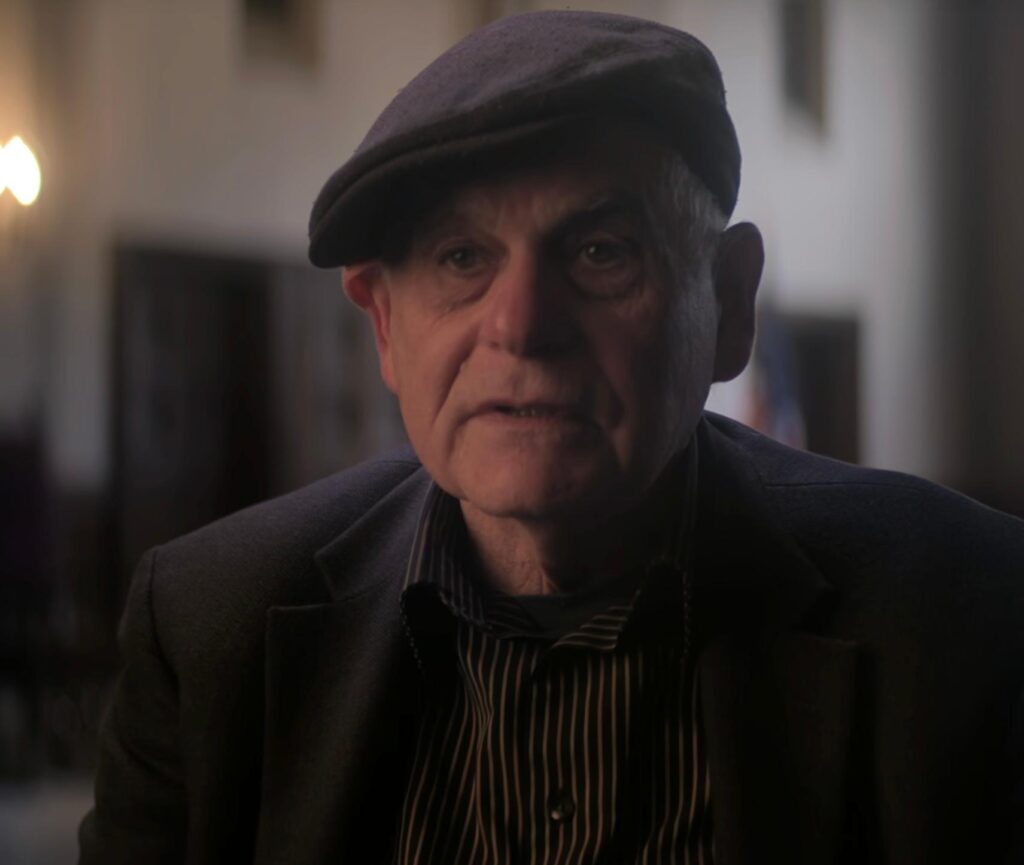
Robert Graysmith, a former cartoonist for the San Francisco Chronicle, emerges as one of the most captivating figures in This is the Zodiac Speaking, lending the documentary a unique and personal perspective. Initially drawn to the case out of curiosity, Graysmith’s fascination with the Zodiac Killer soon spiraled into an intense, life-altering obsession. His transformation from a casual observer to a self-driven investigator is not only compelling but also serves as the documentary’s backbone, offering a firsthand account that deepens the audience’s understanding of the Zodiac’s impact.
With his articulate and intense delivery, Graysmith recounts how his intrigue began with the cryptic, taunting letters the Zodiac sent to the Chronicle, where Graysmith worked. Though he wasn’t officially part of the investigative team, his interest quickly escalated, and he found himself immersed in the case with a fervor typically reserved for law enforcement.
Graysmith began visiting the crime scenes, combing through public records, and researching the complex details of each killing, sometimes venturing out late at night to inspect sites himself. It’s clear that, for him, the Zodiac was not just a criminal; he represented a dark enigma that Graysmith felt compelled to solve.
Over time, Graysmith’s findings and theories culminated in his 1986 book, Zodiac, which reignited public fascination with the unsolved case and placed Graysmith at the center of the Zodiac story. His book laid out a series of chilling hypotheses, connecting dots that even law enforcement had missed, and became a significant part of the Zodiac lore.
Though some of his conclusions remain controversial and have sparked debate among researchers and detectives, Graysmith’s dedication to the case and his relentless pursuit of answers brought a fresh perspective to the investigation, transforming him into one of the most recognized civilian figures associated with the Zodiac case.
The documentary’s focus on Graysmith’s testimony brings a passionate, almost intimate insight into the Zodiac mystery. His testimony adds emotional depth to the narrative, particularly as he describes the unsettling moments of his journey—times when he would lock eyes with suspects, scour abandoned police records, and even make connections that the authorities had overlooked. Graysmith’s pursuit became so consuming that he famously met with police officers, who often found him lurking near the files, desperate to piece together the Zodiac’s twisted puzzle. His efforts are reminiscent of a man chasing shadows, haunted by the idea of a killer lurking among them, unseen but always present.
What makes Graysmith’s testimony so powerful is not only his eloquence but also the palpable sense of urgency and fear he conveys. Through his words, viewers can sense the paranoia that gripped San Francisco during the Zodiac’s reign, a time when every anonymous face on the street might have been the killer. Graysmith’s storytelling brings the audience into this tense, uncertain atmosphere, making them feel the weight of his obsession and the price he paid in dedicating years of his life to this unsolved mystery.
His journey from cartoonist to one of the Zodiac case’s most vocal historians is as fascinating as it is unsettling, embodying the depth of the Zodiac’s lasting impact on those who encountered his story and reminding us of the enduring terror left in the wake of unsolved evil.
One of the most horrifying moments in This is the Zodiac Speaking is the revelation of the Zodiac Killer’s threat to target school children, a vow that spread fear throughout the Bay Area and highlighted the terrifying influence he held over an entire community. The documentary captures the intense gravity of this threat through an unforgettable scene in which Captain Martin Lee of the San Francisco Police Department reads aloud one of the Zodiac’s letters.
In cold, calculated words, the Zodiac detailed a plan to attack a school bus, promising to shoot out the front tire and then “pick off the kiddies as they come bouncing out.” This grotesque promise struck at the heart of the community, plunging the city into a state of sheer panic and evoking the darkest fears of parents and children alike.
The shock of this letter sent tremors through the Bay Area. As a father, watching this unfold on screen was particularly disturbing, a grim reminder of how one individual’s twisted fantasies can upend an entire city’s sense of safety. The documentary doesn’t shy away from capturing the immediate fallout: families began keeping their children at home, and school buses were suddenly under the watchful protection of police escorts, sometimes even joined by airplane surveillance.
The Zodiac’s threat didn’t just impact those directly involved in the case—it reached deep into the lives of everyday citizens, stripping away the basic sense of security that parents hold dear when they send their children to school. What stands out in the documentary is the visceral reaction of the press and the public as they grappled with the chilling realization that their children could be the next targets of the Zodiac’s violence.
The threat of a man willing to enact violence against innocent schoolchildren struck a nerve on a level unlike any of his other crimes, forcing the entire city into a state of near-constant vigilance. As Captain Lee reads the letter to the press, there’s a collective, audible gasp, a moment that powerfully conveys the horror and helplessness felt by a community under siege. Through the police chief’s quivering voice and the tense silence of the press corps, the documentary brings this nightmare to life, allowing viewers to experience the palpable dread that seized the Bay Area.
The documentary’s portrayal of this period reminds us of how the Zodiac was not merely a killer but a psychological manipulator who wielded fear as deftly as he did his weapons. His threat to the city’s youngest, most vulnerable citizens revealed his ability to warp the social fabric, forcing an entire community into a state of perpetual fear. The image of armed police officers shadowing school buses is a powerful reminder of how deeply his threats penetrated the city, transforming routine, everyday scenes into symbols of desperation and defiance against an invisible enemy.
In focusing on the community’s response, This is the Zodiac Speaking sheds light on a darker side of the Zodiac’s influence—how he was able to infiltrate people’s minds and turn his threats into tools of mass manipulation. For parents, like myself, this part of the documentary resonates profoundly, illustrating how a single individual, driven by malicious intent, can strip away a society’s basic sense of safety. It’s a sobering reminder of the vulnerability that remains when a faceless villain looms large, casting a shadow over the lives of even the youngest members of the community.
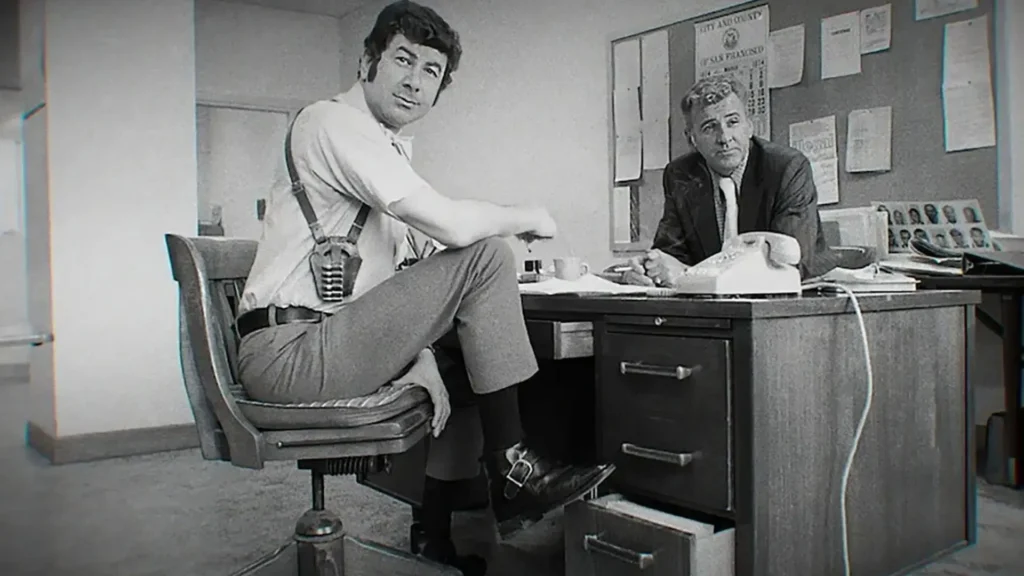
The documentary pays tribute to the relentless efforts of Detectives Dave Toschi and Bill Armstrong. Graysmith’s description of Toschi as the inspiration for Dirty Harry is a subtle yet poignant homage. The paranoia and fear saturating the Bay Area at the time were real, fueled by the Zodiac’s letters and the media frenzy surrounding the case.
While recounting Allen’s cryptography lessons with students like Darin Alvord, the Seawater siblings reveal more about Allen’s influence on their family. Although the documentary offers minimal time for each person’s story, collectively, the Seawater family’s accounts provide an overwhelming case against Allen. Allen’s interactions with David, Don, Connie, and their classmate Darin highlight the growing suspicions surrounding his character.
In one of the documentary’s most emotionally charged moments, Robert Graysmith recounts a powerful experience at the Vallejo Police Department, where a detective, in a subtle yet daring act of defiance, left him alone with the confidential Zodiac files. This gesture, while small on the surface, was a striking breach of protocol—a calculated risk taken in a desperate attempt to crack the case. For Graysmith, a civilian who had transformed himself into an investigator, this silent nod from the detective was a profound acknowledgment of the Zodiac’s elusiveness and the mounting frustration felt by law enforcement.
The scene speaks volumes about the desperation of those involved in the case. With the Zodiac continuing to evade capture and his horrific crimes haunting the Bay Area, police departments across California were running out of leads and patience. This quiet, unauthorized allowance given to Graysmith wasn’t just an attempt to involve an outsider; it was a reflection of the exhaustion, fear, and willingness to do whatever it took to bring the killer to justice.
By granting him access to confidential information, the detective was effectively inviting Graysmith, an unofficial investigator, into the inner sanctum of the case—a place usually reserved for law enforcement. This act underscores the gravity of the Zodiac’s reign of terror and how even the most stringent rules were set aside in the hopes of a breakthrough.
Graysmith’s account of this moment is both humbling and thrilling. He describes the atmosphere in that small police room, surrounded by manila folders packed with chilling evidence and personal details of a killer who had managed to slip through countless traps. The detective’s act allowed Graysmith to review key documents, piecing together clues he might not otherwise have had access to. As Graysmith pored over the files, he felt the weight of responsibility, knowing that law enforcement was unofficially deputizing him to find answers they hadn’t been able to uncover.
This desperate gamble wasn’t just a bending of rules; it was an acknowledgment of Graysmith’s dedication and an expression of the collective hope that perhaps he could find what others had missed. The documentary portrays this scene with an almost reverent tone, capturing how this quiet exchange represents the lengths people were willing to go in their search for justice.
It’s a poignant reminder of how the Zodiac’s crimes created an unspoken alliance between law enforcement and the public. In that moment, Graysmith was no longer just a cartoonist-turned-author; he became a trusted figure, a beacon of hope that, against all odds, someone might finally solve the case. This quiet moment of cooperation, this gamble, was a testament to the human need to seek justice and find closure, no matter the cost.
For viewers, this moment transcends the simple exchange of confidential information; it symbolizes the unity and persistence that the Zodiac’s terror inspired, pushing ordinary individuals and seasoned detectives alike to break boundaries in the name of justice. The detective’s gamble represents not only the desperation of law enforcement but the shared burden and resilience of a community determined to bring the Zodiac’s terror to an end, even if it meant placing faith in an outsider.
The documentary’s first episode is as gripping as it is disturbing, capturing the complexity of the Zodiac case and the eerie presence of Arthur Leigh Allen. The seamless integration of personal testimonies, historical footage, and haunting visual techniques make for a standout presentation of a chilling story. “This is the Zodiac Speaking” presents a fresh look into the Zodiac Killer mystery, one that I’m eager to follow in the remaining episodes.
Click here for more TV blog posts!